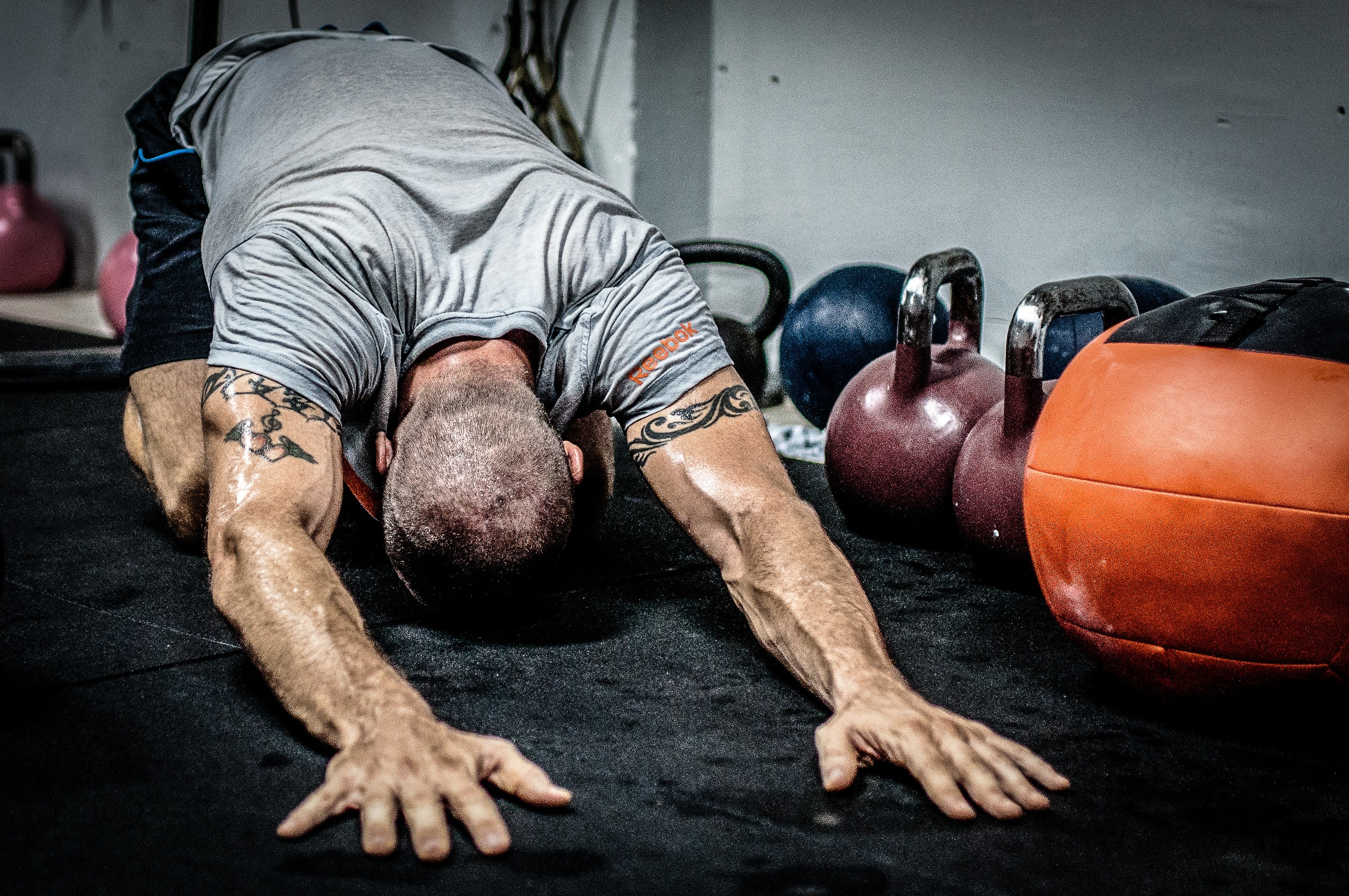
It’s important to know the difference between soreness and pain from a potential injury.
We all know that feeling after a strenuous workout – the feeling of stiffness and soreness. Muscles and tendons are stiff and ache, feet and joints hurt, and exhaustion and fatigue. Many times, it’s a sign of a good work out. Sometimes it’s a sign of improper warming up and cooling down. Other times, amidst the stiffness and soreness, there may be a nagging pain that could indicate an injury. For some people, feeling sore after a workout is the best feeling in the world – a physical reminder of just hard you worked. No pain, no gain is that adage. Sometimes, however, that pain doesn’t come with any gains and could actually indicate an injury or lead to an injury. At what point does soreness indicate an injury? More importantly, when should you worry that your pain and soreness is an injury?
1. Performance Is Going Downhill
One of the leading indicators of an oncoming injury is fatigue. If your practices, workouts, training sessions, or runs are consistently going downhill and performance is lagging, it could be an indication that you’re overtraining. Even with soreness, in this case, pain is simply not gaining you anything but exhaustion. Consequences of training when you’re over-tired are acute injuries likes rolled ankles as well as overuse injuries.
2. You Hurt Even When You’re Resting
Typical soreness from a tough workout usually goes away when you’re resting or not moving. However, if the pain doesn’t subside, it’s time to get it checked out.
“You should definitely stop your training or physical activity if you have an acute injury, meaning you land incorrectly and feel a pop or snap,” says Abby Johnson, an athletic trainer with OSR Physical Therapy. “However, for chronic pain – or something that doesn’t go away after one or two days or with rest – you need to slow down, decrease your intensity, or seek help.”
When you’re in discomfort from soreness, it can come in the form of tenderness, tightness, or an achy feeling. However, if there’s any sharp pain or ache in the same area whether at rest or working out, this is a good indicator of an oncoming injury.
3. Soreness Doesn’t Subside
Usually, soreness from a workout will subside within 2-3 days of the physical activity. However, if the pain lingers, there’s a good chance that it’s an injury or turning into an injury. To avoid a full-blown injury that lands you on the couch instead of in the gym, it’s important to address it as soon as you can.
4. You’re Sore, But There’s Localized Pain
Many times, post-workout soreness can take a toll on your whole body – joints, muscles, and tendons. Sometimes, this soreness is more painful in certain areas that you worked than others. For example, if you lifted weights, perhaps your arms, shoulders, and back hurt. If you ran, maybe your legs hurt. However, if there’s pain – especially sharp or increasing pain – in one area of your body, that you could have an overuse injury. Furthermore, if that pain doesn’t subside when the soreness in other areas does or it increases in intensity during movement, you should get it checked out.
An Injury Spells Doom
Well, not necessarily. If you can catch the injury early enough, you can continue training after a short rest along with some physical therapy. You may have to change your training to accommodate your discomfort from your injury. However, it doesn’t necessarily mean you’ll be stuck on the couch doing nothing. The earlier you catch an injury, the sooner you can get back to doing what you love – especially with the help of physical therapy.


